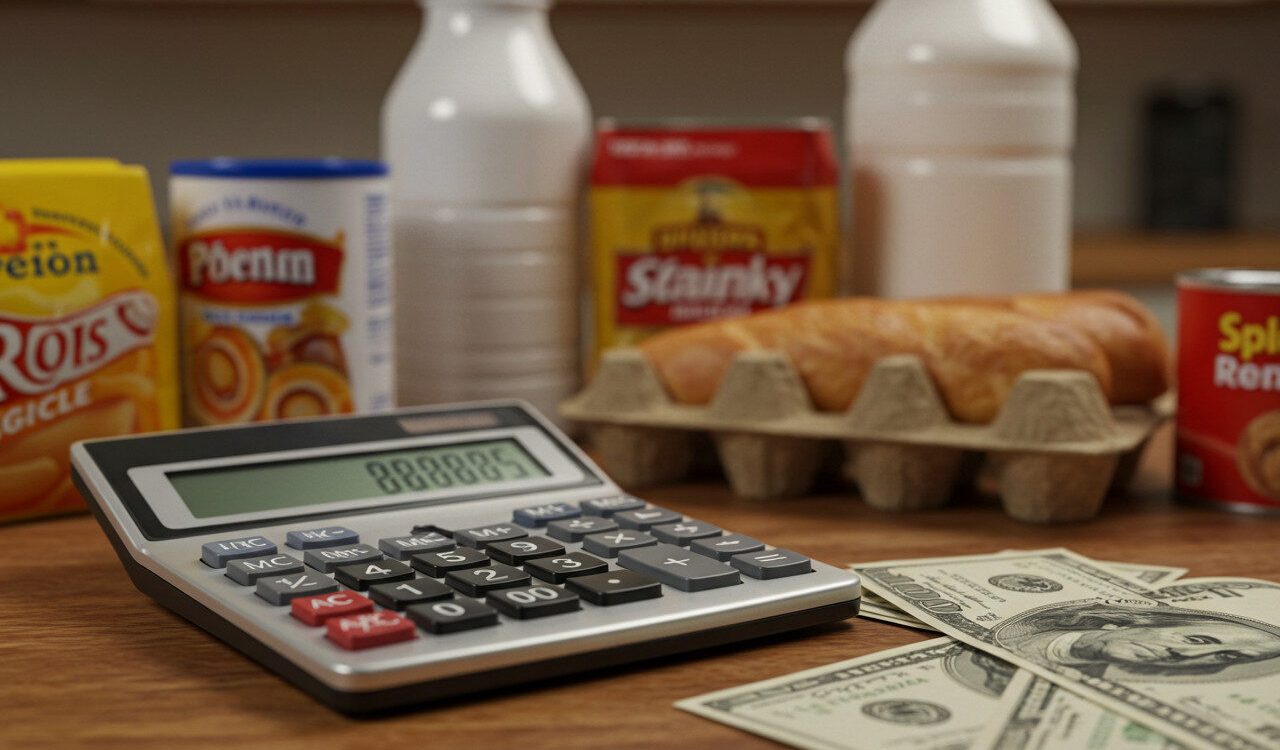Key Highlights
- Calculating value per dollar shows the real cost of each unit.
- Divide total cost by the number of items, weight, or volume to determine unit price.
- Online calculators quickly show which option gives the most value.
- Works for single items, bulk packs, or multi-packs.
- Regularly checking value per dollar can save money on groceries and household purchases.
Introduction
Choosing between similar products can be confusing. Price alone doesn’t reveal the full picture. Measuring value per dollar helps shoppers understand the true cost of each item, allowing smarter and more budget-friendly purchases. Calculating unit price ensures you select the option that gives the most for your money.
Knowing the Value Per Dollar
Value per dollar lets you see past marketing and packaging. A higher-priced item may cost less per unit, offering better savings. Online unit price calculators simplify comparisons, helping your budget stretch further while shopping efficiently.
What Does “Value Per Dollar” Mean?
- Unit Price: Total cost divided by total units (items, weight, or volume).
- Example: An 18-pack of eggs for $4.40 → $4.40 ÷ 18 = $0.24 per egg.
- Unit price allows clear comparisons regardless of package size.
Why Comparing Value Per Dollar Matters
- Find true savings: Larger packs may cost more overall but less per unit.
- Avoid marketing tricks: Bright packaging or “sale” signs don’t always mean the best deal.
- Maximize your budget: Selecting higher-value items saves money over time.
What You’ll Need
- Total Price: Full cost of the product.
- Quantity: Number of items in a pack.
- Unit Size: Weight (lbs/oz) or volume (liters/fl oz).
Tools like a calculator or online unit price calculator make comparisons fast and easy.
How to Measure Value Per Dollar
Step 1: Gather Product Details
- Check price, quantity, and unit size on packaging or product pages.
- Record all relevant information for each product.
Step 2: Calculate Unit Price
Divide total price by total units:
| Product | Total Price | Volume | Unit Price |
|---|---|---|---|
| Orange Juice A | $3.99 | 3 L | $1.33/L |
| Orange Juice B | $3.00 | 2 L | $1.50/L |
| Orange Juice C | $5.50 | 5 L | $1.10/L |
Option C offers the best value despite the higher total cost.
Step 3: Use a Value Per Dollar Calculator
- Enter total cost, quantity, and unit size.
- Compare multiple products quickly to find the better deal.
Step 4: Compare Results
- Choose the product with the lower unit price.
- Consider spoilage or usage to avoid waste, especially for perishable items.
Comparing Unit Price vs. Value Per Dollar
- Unit Price: Cost per item or per unit of weight/volume.
- Value Per Dollar: Assesses the benefit received for each dollar spent.
- Using both helps identify true savings for bulk or multi-pack purchases.
Using Value Per Dollar Calculators for Bulk Items
- Calculate unit prices for large packages versus single items.
- Compare quantities, volumes, or weights to pick the best option.
- Avoid overspending on items that may go to waste.
Tracking Savings Over Time
- Keep a log of past purchases and unit prices to monitor long-term savings.
- Record product, store, total cost, unit price, and amount saved.
- Regular tracking builds stronger budget habits and smarter future shopping.
Tips for Maximizing Savings
- Always check unit prices, not just sale tags.
- Consider store brands; they often offer better value than name brands.
- Buy in bulk only for items you use frequently and that don’t spoil quickly.
- Use calculators to compare package sizes efficiently.
Conclusion
Measuring value per dollar helps shoppers make informed decisions, save money, and maximize their budget. Using unit price calculations and online tools ensures you get the most out of every purchase. With practice, this method simplifies shopping for groceries and household items while tracking savings over time.
Frequently Asked Questions
How do I use a Value Per Dollar calculator online?
Check the product page for total price and quantity, then enter these in a calculator to see the unit price. Compare multiple products to find the best value.
What’s the difference between unit price and Value Per Dollar?
Unit price shows cost per item or unit; value per dollar assesses the benefit received for each dollar spent.
Which details do I need for a Value Per Dollar calculation?
Total price, number of items, and unit size (weight or volume) help calculate the true cost per unit.
Are there online tools for measuring Value Per Dollar?
Yes, unit price calculators are widely available to compare costs and find the best deals efficiently.
Can this method help with bulk purchases?
Absolutely. Unit price calculations let you compare bulk packs and single items to determine which offers the most value.
Updated by Albert Fang
Source Citation References:
+ Inspo
There are no additional citations or references to note for this article at this time.

